Vintage Sunglasses as Modernist Sculpture
We talk about vintage eyewear on Thursdays…
For some reason I looked up Ray Ban Wayfarers in Wikipedia. I was confronted with a gigantic entry that begins with this sentence: “Ray-Ban Wayfarer sunglasses have been manufactured by Ray-Ban since 1956, when their design was a revolutionary break from the metal eyewear of the past”.
Really?
The Wayfarer was actually a pretty pedestrian piece of design. Almost every manufacturer in the U.S. was making something more or less the same.
The coolest piece of eyewear design from the 1950s is being sported by Lightnin’ Hopkins here:
I sometimes call them “Roy Orbison Sunglasses” as a convenience. I have no idea what the original was called or who made it. My guess is it was French but I’ve seen versions made in the U.S., Italy and even Mexico. Many deadstock versions I’ve seen are unmarked which further muddies the waters. Foster Grant made a version for kids into the late 1960s. They called it the “Major Leaguer”.
This frame is a piece of modernist sculpture. It’s Eero Saarinen’s TWA terminal, only it probably preceded this building by nearly a decade.
The fact that this shape and what it represented was such a radical counterpoint to Hopkins, his music and what they represented – yet fits his face so perfectly – makes the portrait weirdly compelling. The hard light of the camera’s flash, combined with the ghostly shadowplay behind him – better suited to a crime scene photo than a portrait – adds an element of eeriness.
As you may know, Buddy Holly also favored this shape and it was also a tremendous inspiration to me.
But we’ll talk about that later. Eyewear was as integral a part of Lightnin’ Hopkins’ persona as anyone I can think of – he was never photographed without sunglasses. Nobody ever seems to remember. Today let us salute him.

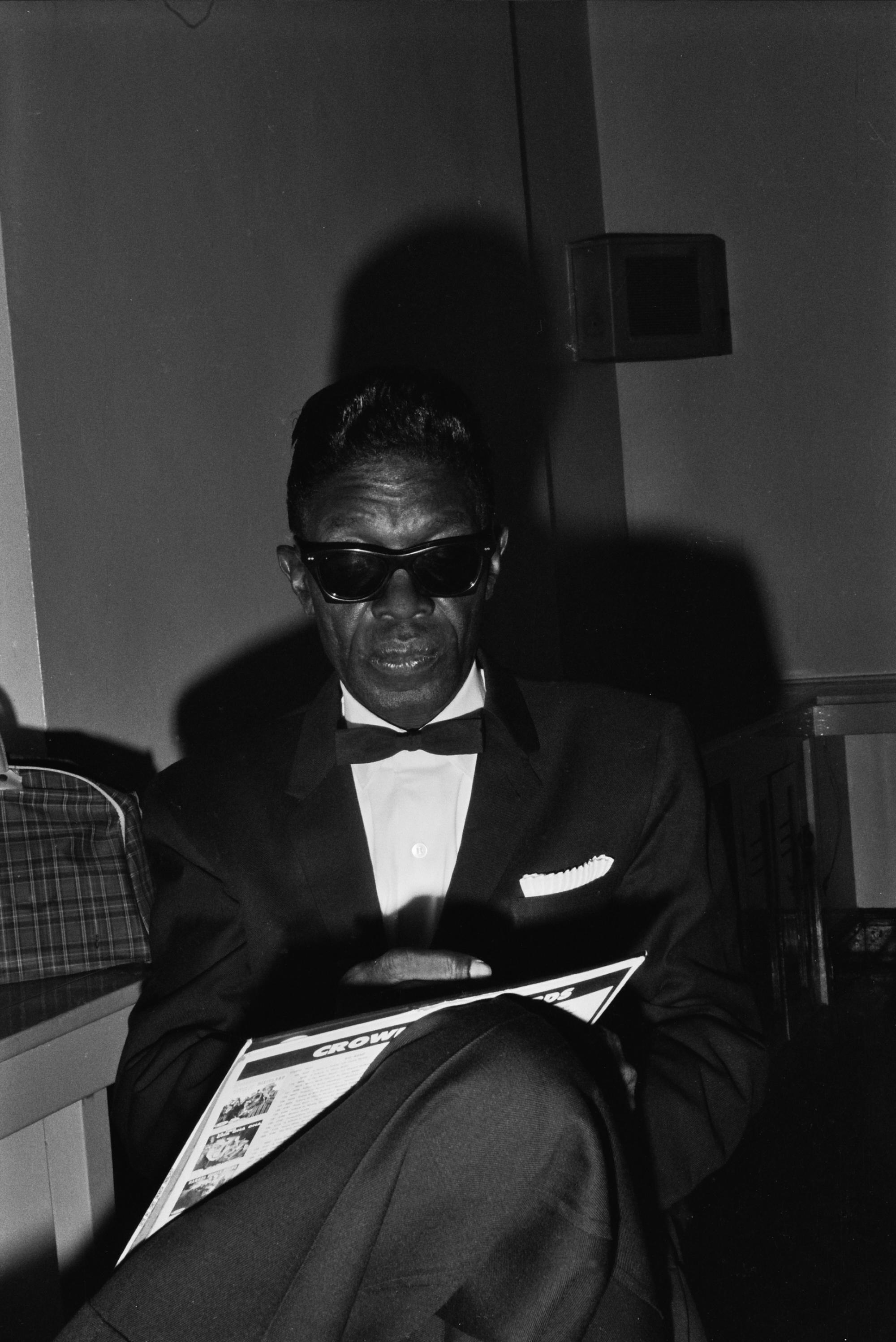
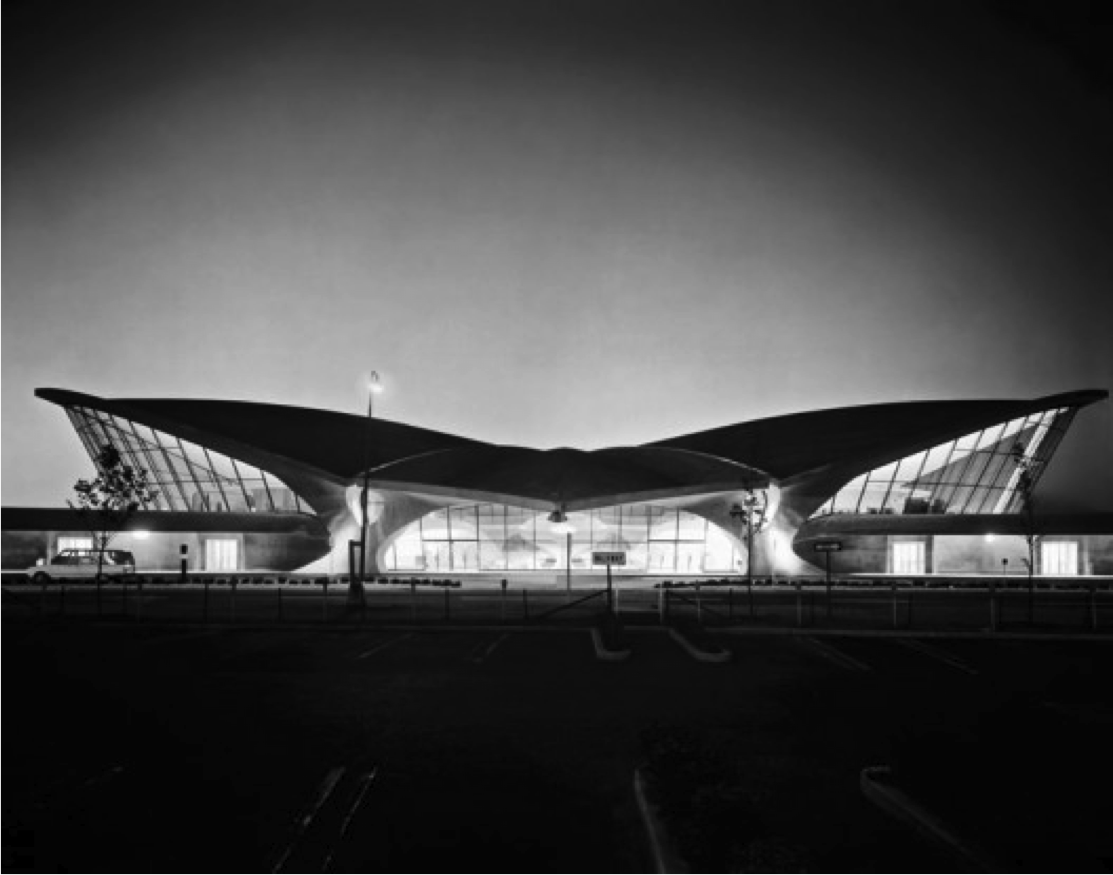
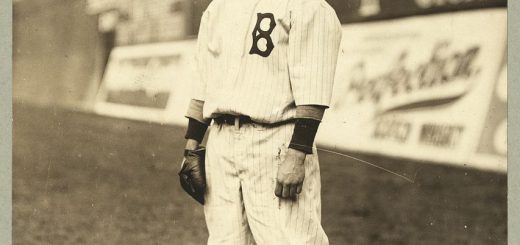
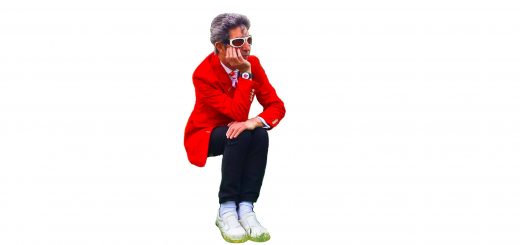
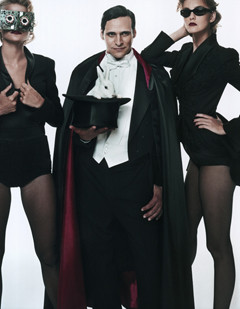
I love your work! I wrote a bit about this here: http://eyewear-design.com/blog/2013/7/10/classic-review-ray-ban-wayfarers Although I am less confident in it now…
You have a lovely looking blog.
Don’t get me wrong, I like the Wayfarer, but pick up an old AO catalogue from around 1960 and you’ll find the designs no worse.
Most of the “factual” info bouncing around the internet about Ray-Ban isn’t true. Ray Ban didn’t exist in 1929. The military didn’t use “Ray-Ban” sunglasses in WWII. There was a lens shape and color ordered by the US Army Air Corp in 1941 called the AN6531. B&L was a contractor along with various other optical manufacturers. Somehow by repeating contrary information often enough we’re now told “Ray-Ban” invented practically everything. And the history changes periodically. It gets hard to keep track.
An optician who used to work for me made glasses for Roy Orbison – he said that his RX was in the +6.00D. It’s probably why he wore tinted lenses.
Thank you for that. It makes sense.
The official story was he forgot his regular glasses, needed to wear the sunglasses to a performance and the look stuck.
Anyone who knows anything else is welcome to join in.
I also love Roy Orbison’s music. I designed a riff on the template I call the Double M that I wear most of the time. I’ll talk more about Roy Orbison and the glasses in future posts.
Thank you so much for making this blog! I just wanted to let you know, and you probably already know, Roy Orbinson’s glasses are sitting in a display case at the Rock and Roll Hall of Fame in Cleveland Ohio. They are defiantly not Ray Bans. I was surprised to see those along with many other pairs on display including the B&L Outdoorsman Michael Jackson wore in ’83. The current production Outdoorsman is a far cry from what those were. Randolph Engineering is making the closest thing that I have seen.
Thank you. I’d love to see those and check who made that pair. You’d probably like Tuesday’s blog: part of the continuing series investigating who invented aviator sunglasses. I think quality of mass production wire frames peaked in the late 1920s/early 1930s. The gold filled AO/B&L/etc. frames from the 1950s were still great, though.
The brand / style that Buddy , Roy , and Lightning rocked were said to be from the Mexican brand “Faosa” or “Faosa Style Frames” whether that was the brand name or style I’m not sure other style names closely associated to there rims were “Tampico” …… Don’t tell your local hipster we don’t need them ruining the class of these fine musicians and pioneers authentic style ….,,
I know a lot were produced in Mexico. I have about ten variations from various parts of the world in my collection. Some were more aesthetically pleasing than others. On the best ones the beveled edges are almost like a drop shadow.
Muscially, though, it doesn’t get much better than those three.
Love the article about Lightnin Hopkins and his cool glasses!!! For completeness, this was taken in Manchester , England in 1964, when Lightnin made his first UK appearance, as part of that year’s American Folk Blues Festival package…….I know coz I took it, for local fledgling blues mag ‘R & B Scene!! Nice to see it still doing mileage, over half a century on!! Can you please say whether this made it into the EYEWEAR BOOK that you advertise?? It really WOULD be cool if Sam made into that!!. Kind regards,
Brian
Unfortunately no, it didn’t make it. If it had Taschen would have already contacted you about the royalty. Great photo though. Must have been an interesting time to be around, though David Bailey says the sixties in England were only fun for a couple thousand people. I hope you were one of them.
The Lightnin’ Hopkins photo was taken backstage at the Free Trade Hall, Manchester, 22 October, 1964. Occasion, the 1964 American Folk Blues Festival; photographer, Brian Smith.
I see Brian has already commented! LOL
Yep. Great photo. And great bluesman.
Love lightning Hopkins style and music. Thanks for sharing this article.